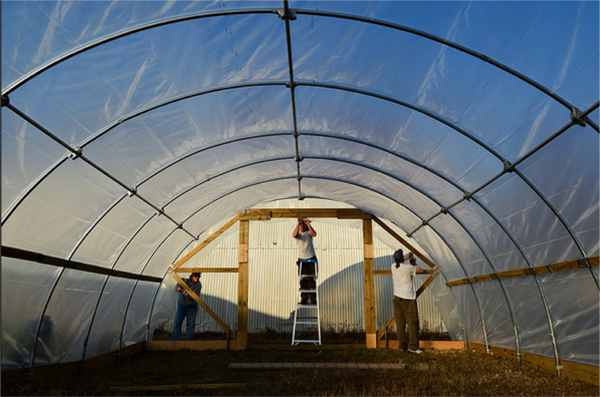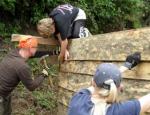My friend Oliver Schinkten knows 150 awesome human beings. They’re students in his Communities and leadership classrooms at Oshkosh North High School, and they routinely do amazing things.
Last year, each student in Communities found and interviewed a local veteran of World War II, the Vietnam War, or the Korean War. They prepared questions, conducted and recorded hour-long interviews, edited them into stories, and created keepsake DVDs for the veterans and their families. The students then planned and ran an event celebrating the service of these people and presenting them with the DVDs. Afterward, many families contacted Oliver to tell them how moving and powerful the experience was, and how the DVD was a priceless heirloom they would pass down for generations.
Pretty awesome stuff for high schoolers.
Or how about the hydroponics lab that the students are building? It isn’t just a 48-foot long hoop house that will raise fish and fresh vegetables around the year to be used in the cafeteria and sold locally. It’s also a STEM Learning Center, creating a living lab for students from Oshkosh North and offering educational tours to school groups from around the area.

And it’s being funded, designed, built, and staffed by high school students.
People often assume that Oliver is teaching a gifted class, but he has public-school students from all different backgrounds, with a variety of historic levels of achievement. He says that the difference is authenticity. When students realize that what they are doing matters and is real, they engage, and the results speak for themselves.
During the 2012 election campaign, the Communities classroom created a non-partisan Web site that factually reported on the many issues in that divisive campaign.
Read more




